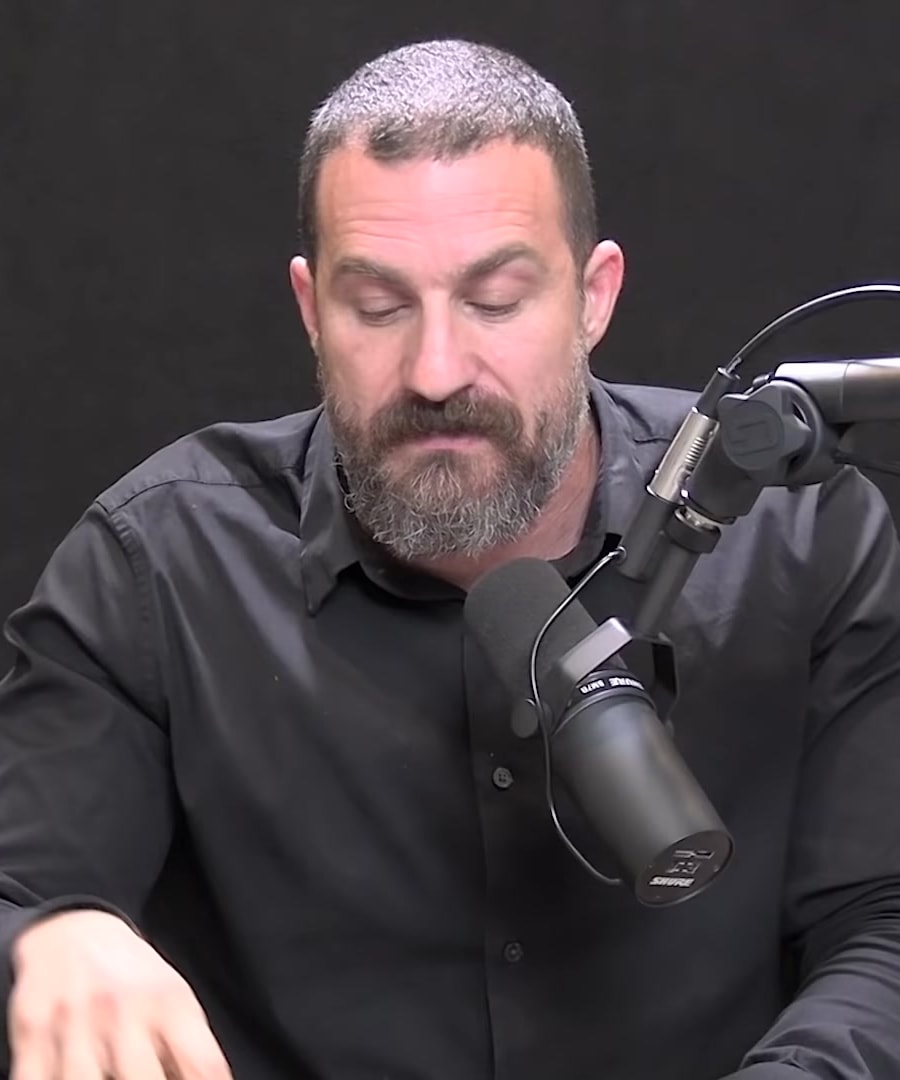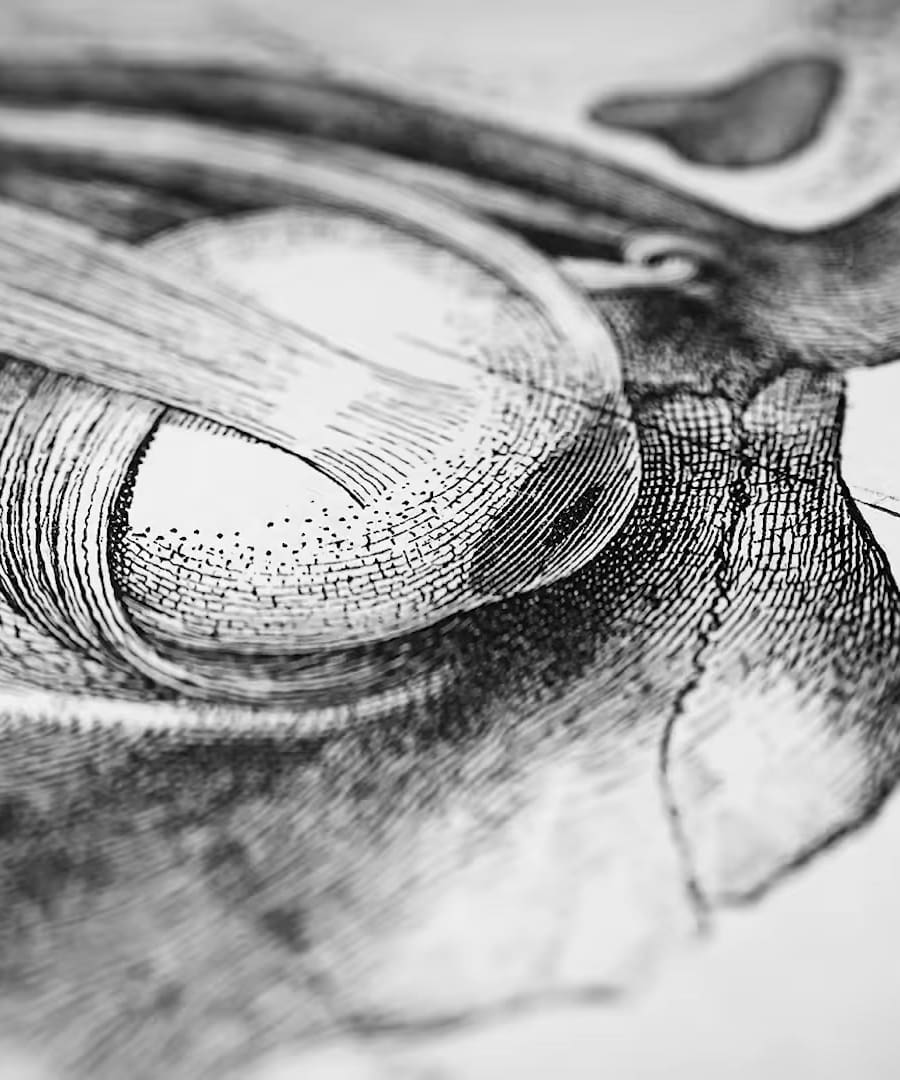What are best practices and protocols to enhance creativity?
Sources:
Enhancing creativity involves a structured approach with various practices and protocols, as discussed by , including:
-
Narrative Training: Dating back to Aristotle's concept of narrative theory, narrative training to enhance creativity involves three elements:
- World Building: Imagining how the world is different in your creative endeavor.
- Perspective Shifting: Looking at scenarios from different viewpoints to generate unique ideas.
- Action Generating: Relating to movement and the activation of neural circuits. Narrative training is used in various contexts like companies or individual efforts to boost creative output 1.
-
Workspace Optimization:
- For brainstorming and creative work, consider a high ceiling or open environment. This setup can influence creativity and productivity. Combine this with other tools, such as supplements or focused visual attention tasks, to further enhance performance 2.
-
Divergent Thinking:
- Practices that induce motionlessness and deep relaxation while awake can increase dopamine in pathways like the nigrostriatal circuit to enhance divergent thinking. After such practices like NSDR or yoga nidra, engage in creative exploration and thinking 3.
- Movement also plays a role in activating neural pathways conducive to creativity. During activities like walking or swimming without conscious attention to specific sensory targets, you can access new ideas, combining this with skills in your field to improve creativity 4.
-
Assessing Mood:
- Understanding your mood can help determine if dopamine levels should be increased to facilitate creativity. Behavioral and pharmacological tools, like caffeine within safe limits, can be used to modulate dopamine and influence creative processes 5.
-
Understanding Brain Chemistry:
- Grasping the four major pillars of neurochemistry can help in selecting the right protocols and tools to optimize mental health, physical health, and performance, which includes creativity. It's essential to understand how your brain chemistry works to pick suitable methods 6.
Remember, the implementation of these best practices and protocols can vary depending on individual needs and goals. It's important to adapt and personalize these strategies to maximize their effectiveness in enhancing creativity.
RELATED QUESTIONS-
What are best practices and protocols to enhance creativity?
- RELATED QUESTIONS





